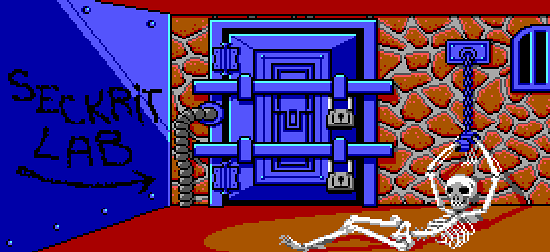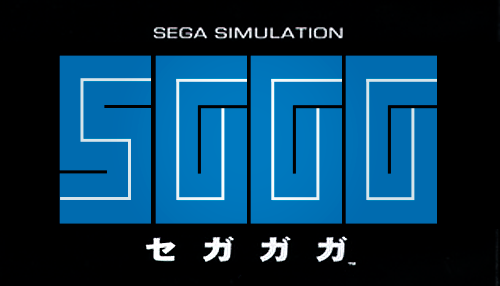Science!
We prove NP-hardness results for five of Nintendo’s largest video game franchises: Mario, Donkey Kong, Legend of Zelda, Metroid, and Pokemon. Our results apply to Super Mario Bros. 1, 3, Lost Levels, and Super Mario World; Donkey Kong Country 1-3; all Legend of Zelda games except Zelda II: The Adventure of Link; all Metroid games; and all Pokemon role-playing games. For Mario and Donkey Kong, we show NP-completeness. In addition, we observe that several games in the Zelda series are PSPACE-complete.
Translation: video games might provide interesting fodder for complexity theory, and possibly provide a model for novel ways of looking at difficult decision problems. In any case, I just like seeing Metroid mentioned on the arXiv.
(Via New Scientist)


